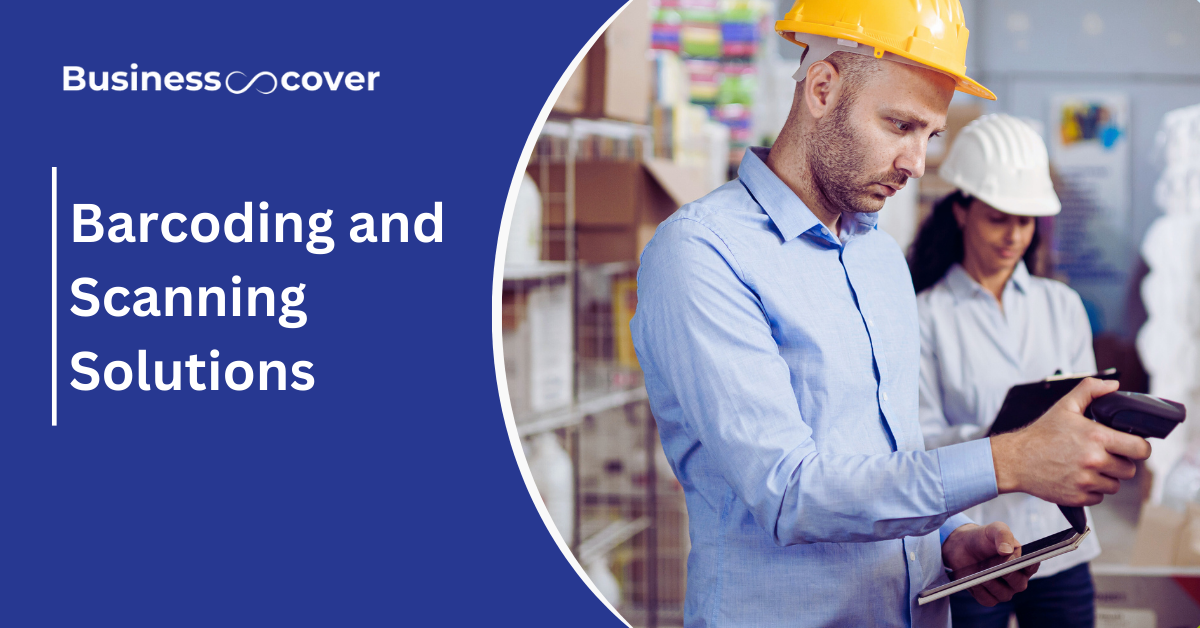E-Commerce Merits and Demerits
As the internet grows as an essential tool of business, electronic commerce commonly called e-commerce has been ready to fulfil the needs of modern business through flexibility, tractability, the possibility to expand and the ability to exist internationally. E-commerce is essential to understand the various benefits and drawbacks to achieve optimal success regardless of whether you are a single person interested in developing your small business or a businessman who has been running a business for years.
In this article, you will discover what features e-commerce and learn about the existing e-commerce types, as well as read an e-commerce example to help you make the right decision before launching your business. We will also define which type of marketplace to choose that is fitting for you and the potential problems in the e-commerce environment.
What is E-Commerce?

Business to customers or retail e-commerce: this is with respect to the acquisition of goods and services over computer networks using the Internet. They reduce costs in that they eliminate the need for physical outlets for both the business and the consumers.
From Amazon to small niche websites, various e-commerce types have emerged to cater to diverse market needs. Each type of marketplace offers unique opportunities, depending on your business model and goals.
E-Commerce Types
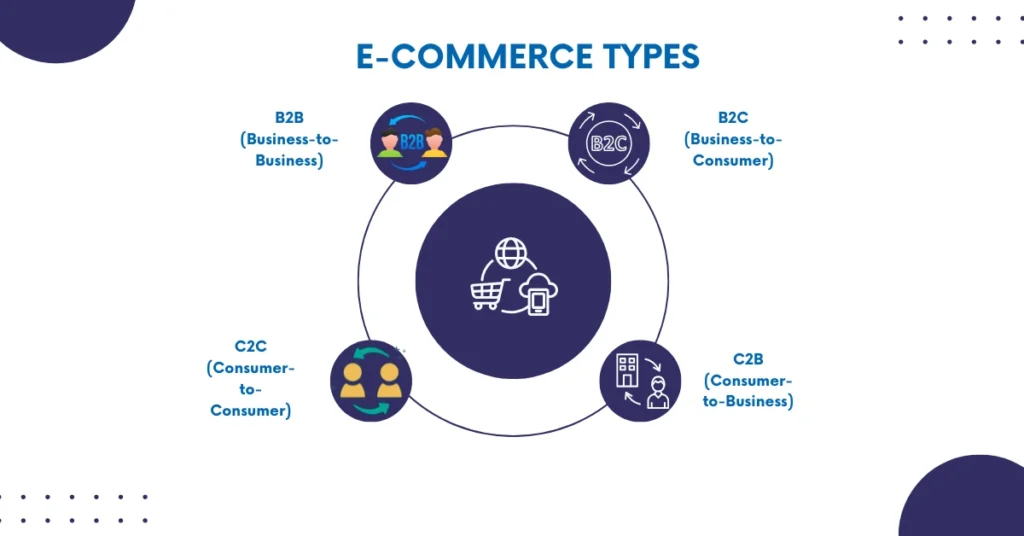
Understanding e-commerce types is essential for building a business tailored to your niche and audience.
- B2B (Business-to-Business): It refers to business-to-business transactions. For instance, Alibaba associates sellers of different products with buyers such as distributors.
- B2C (Business-to-Consumer): The most common model, involving direct sales to customers. Amazon and Flipkart are leading examples of e-commerce in this category.
- C2C (Consumer-to-Consumer): Platforms like eBay facilitate peer-to-peer transactions, making it a unique type of marketplace.
- C2B (Consumer-to-Business): This consists of; self-employed individuals who provide services to companies via Fiverr or Upwork, among others.
These e-commerce types allow businesses to adapt to different markets, providing flexibility and growth opportunities.
Features of E-Commerce
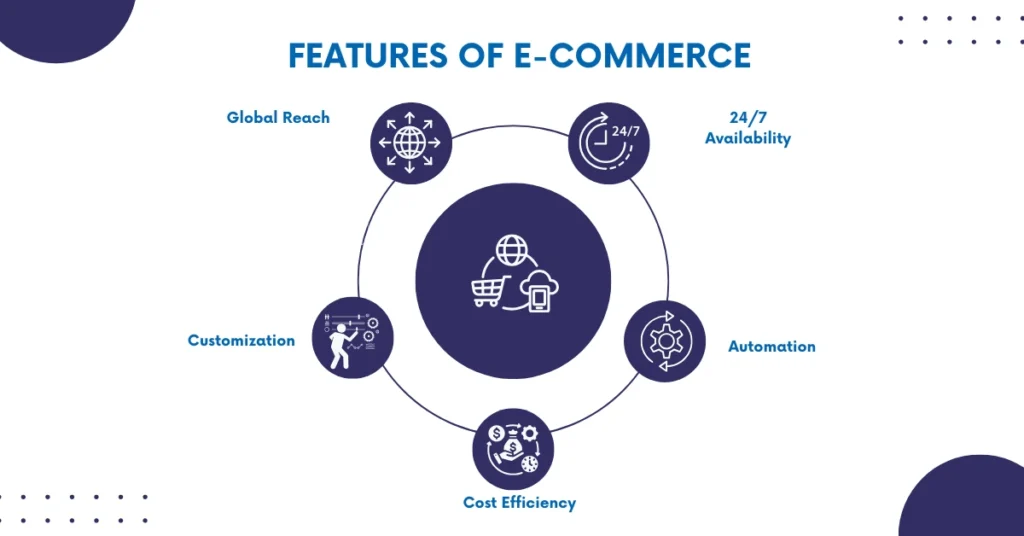
The features e-commerce offers make it a game-changer for businesses worldwide.
- Global Reach: It also means that the geographical barrier is eliminated and you can sell to customers from around the globe considering you have an online store.
- 24/7 Availability: Compared to brick-and-mortar businesses, e-commerce companies work 24/7 thus increasing revenue and convenience.
- Customization: It means that by using customer data analytics, personal shopping experiences can be offered to customers.
- Automation: Typically, it facilitates functions of procurement and inventory, order tracking and payments.
- Cost Efficiency: Online businesses have less overhead costs compared to traditional businesses, and, therefore, can effectively address the problem.
These features of e-commerce highlight why it has become an essential tool for modern businesses.
Also Read | Exploring the Benefits and Limitations of E-Commerce for Business Growth
E-Commerce Merits and Demerits
Merits of E-Commerce
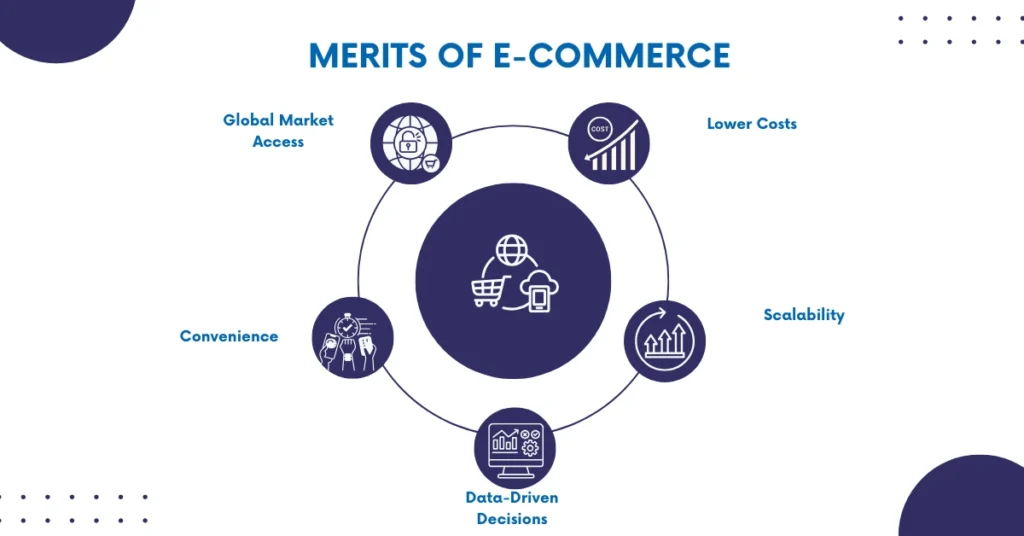
- Global Market Access
E-commerce helps businesses establish relations with more clients across different continents therefore the possible market size is bigger. - Lower Costs
Home-based and website-based businesses eliminate expenses relating to rented premises, electricity, and employees on the floor. - Convenience
Potential consumers can purchase products from the comfort of their homes and therefore, customer satisfaction is usually high. - Scalability
E-commerce business models allow for the addition or upgrading of product ranges or services with comparatively little capital. - Data-Driven Decisions
The marketing and product decisions are informed by the analytics tools that give the consumer insight.
Demerits of E-Commerce
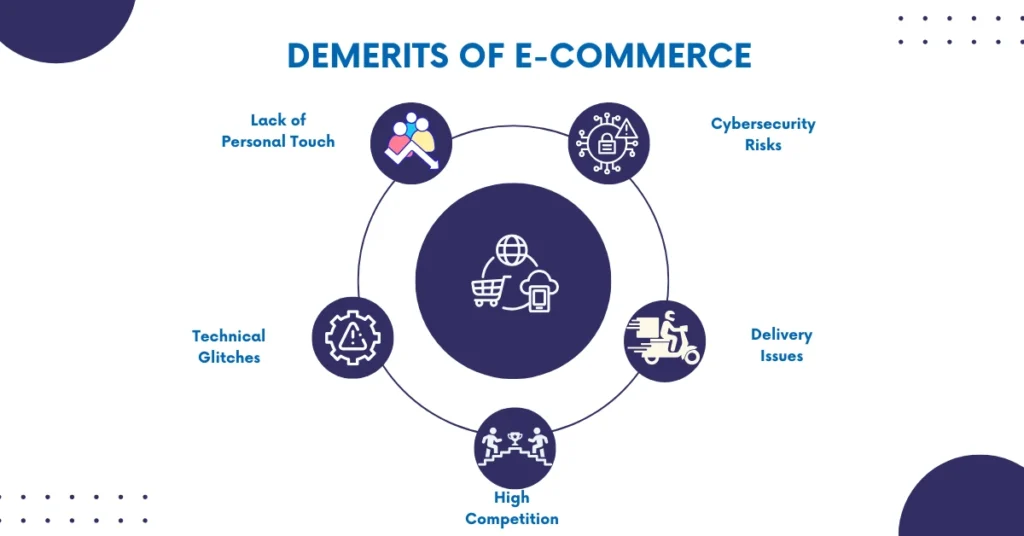
- Lack of Personal Touch
Electronic commerce removes the physical interaction of customers and sellers present in conventional stores. - Cybersecurity Risks
Data and hacking can pose a danger to customer’s intimate data and information. - Technical Glitches
Sometimes, when the hearts are set on shopping, one can have a poor experience when the website crashes or the payment gateway fails to work. - Delivery Issues
There are times when shipping might be delayed, or there may be some logistics issues that must annoy customers. - High Competition
The competition in the e-commerce market is stiff thus putting small businesses at a disadvantage when it comes to business competition.
In the case of establishing balanced e-commerce merits and demerits need to be observed in an effort to formulate a sustainable business.
Examples of E-Commerce Success Stories
The best-known example of e-commerce is Amazon, which began as a company selling books over the Internet and developed into a company selling nearly everything. Ainshteyn explains the features of e-commerce and how Amazon uses them to profit off of the model while tackling the problems it puts forward.
Another example of e-commerce another type of marketplace that deals in handmade and vintage products it is Etsy. It shows that there is still significant growth left in many small sectors within e-commerce.
Choosing the Right Type of Marketplace
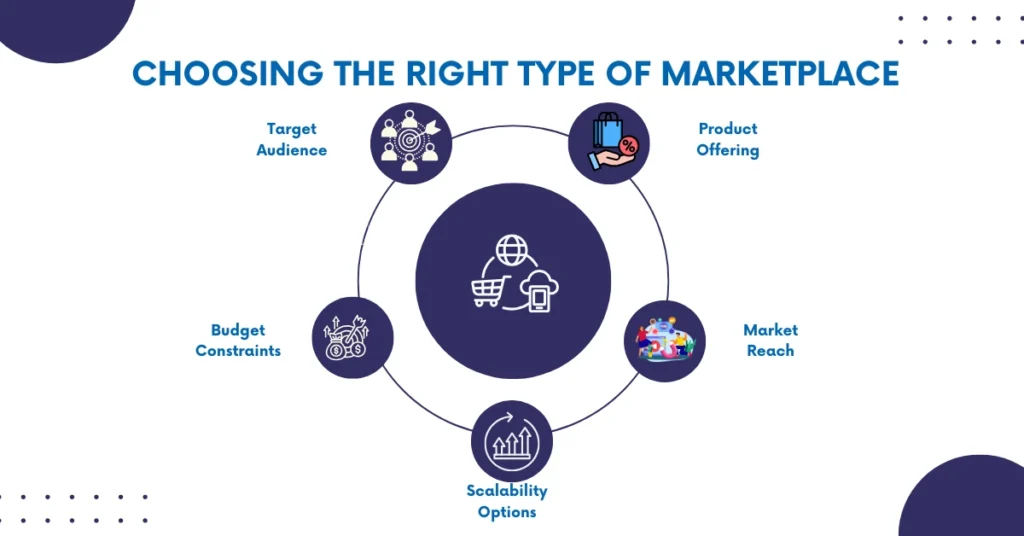
When deciding on the best type of marketplace for your business, consider the following factors:
- Target Audience: Know the customers that are out there and what they require.
- Product Offering: Choose between selling tangible products, digital or intangible products and/or services.
- Budget Constraints: Consider paid-up capital plus the price of additional expenses needed in the operation of the business.
- Market Reach: Selecting a platform that will enable your targeted level of market coverage whether at the national level or the international level.
- Scalability Options: Choose a solution that will have the capacity to adapt in future if your business increases in size.
Understanding e-commerce types and selecting the appropriate model is key to achieving success in the e-commerce space.
Steps to Start Your E-Commerce Business
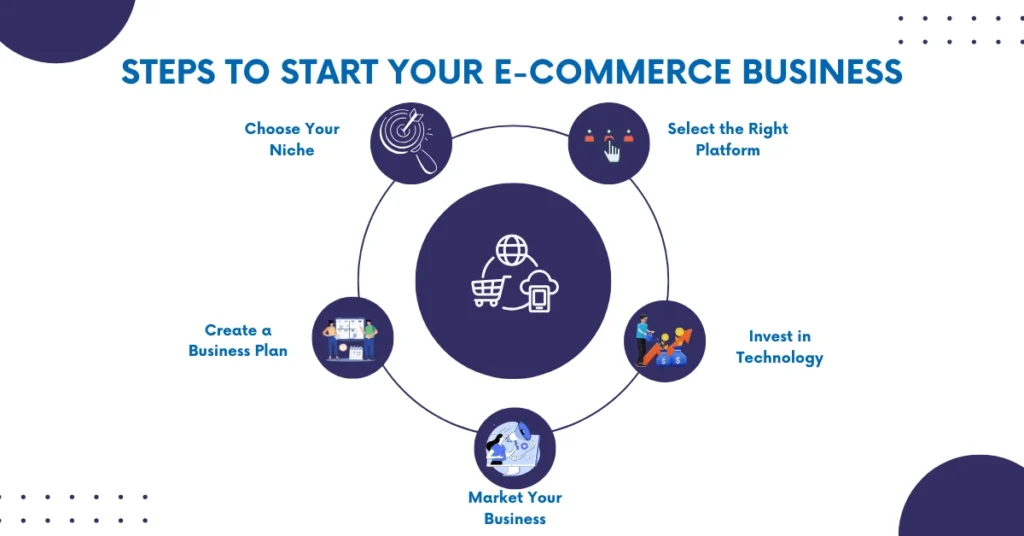
- Choose Your Niche
Make a detailed study and find out a good market segment that has high potential demand and the market is not much saturated. - Select the Right Platform
Decide whether to use a third-party type of marketplace like Amazon or build your own e-commerce site. - Create a Business Plan
I plan to detail my goals and strategies as well as the financials of the business projection. - Invest in Technology
Utilize features that complement what e-commerce entails, more often through a payment gateway and customer management system. - Market Your Business
Do SEO, SMO, and e-mail Marketing to handle new customers and maintain your current customers.
The Future of E-Commerce

Today, technologies such as AI and AR are bringing drastic changes to e-commerce. All of these strengthen the aspects of e-commerce and offer solutions to problems associated with the subject such as how to engage the customer and ensure customer protection. A good example is the trends that we have discussed in this post are the key to obtaining information on the dynamics of the market.
Conclusion
E-commerce provides unparalleled opportunities for businesses to grow and reach new markets. However, understanding the e-commerce merits and demerits is vital for navigating the challenges and making informed decisions. By exploring e-commerce types, leveraging the right features of e-commerce, and learning from successful examples, you can create a thriving online business.
Begin with choosing the right setup, that is the type of marketplace, and let the e-commerce path lead you to success.
Frequently Asked Questions
1. Can e-commerce difficulties be mitigated by tools?
Yes! Issues such as site management and organization are solved through Shopify, safe payment options are provided by PayPal, and timely deliveries are through ShipBob.
2. How do we move forward into having more e-commerce?
Such trends as AI personalization, augmented reality in shopping, and blockchain security are defining the tendencies for the subsequent evolutions of e-commerce into more effective and customer-oriented.
3. How do I begin an e-commerce business?
- Study the best that works in your speciality.
- Select a category of platform or type of marketplace.
- Design an easy-to-navigate website.
- He is supposed to deploy SEO and marketing strategies.
- Permanently control and improve processes.







